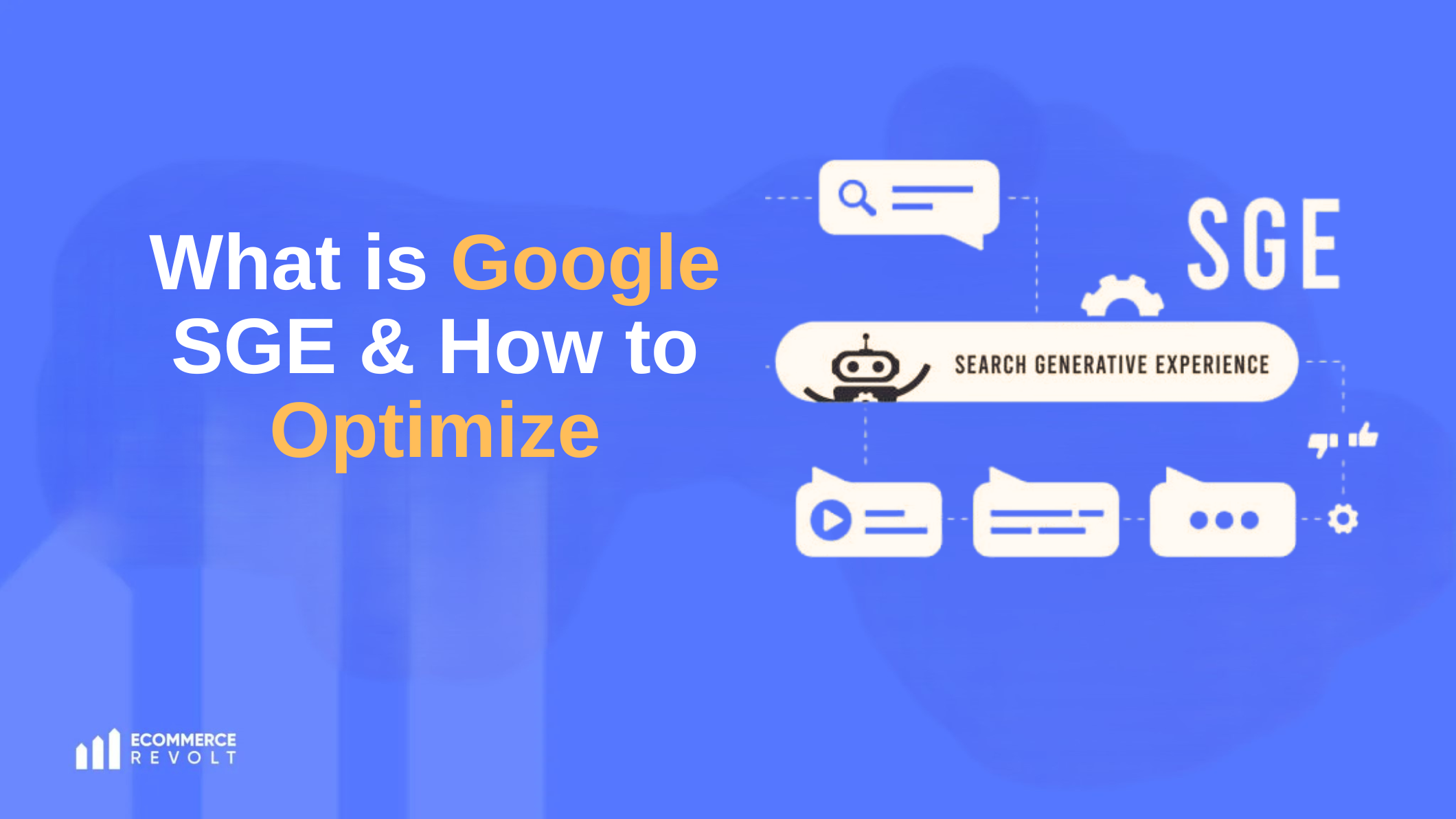The latest innovation in searching for Google is the Search Generative Experience (SGE). It’s changing how we find and interact with information. Noted to offer richer, AI-powered answers, SGE transforms search results into a more dynamic and conversational experience. Here’s everything you need to know about how SGE works, why it matters, and how you can optimise your content to thrive in this new search landscape.
What is Google’s Search Generative Experience?
SGE represents the newest addition by Google in its pursuit of improving search results to be more comprehensive, AI-generated, and not merely a list of links but an integrated synthesis of information from several reliable sources for presentation on the search results page. This way, users get an answer at one glance and do not have to search extensively.
For instance, if a user asks “how to optimise for SGE,” the AI from Google would return a rich answer with actionable advice right there on the search page. This shifts out of the game of simple keyword matching and instead delivers the best, context-driven responses.
How Does SGE Work?
SGE relies on powerful language models from Google that analyse very complex questions, derive knowledge from versatile sources of content, and synthesise the best insights into a response.
- Understanding the Query: The AI at Google tries to understand what a user wants to say even when the queries contain natural language or multiple questions;
- Synthesizing Content: AI scans trusted sites; identifies relevant content; and synthesizes insights into a single, easy-to-read answer.
- Presenting the Response: The answer is returned as a single page, directly within the search results, which frequently displays linkouts to sources, so users can select such articles and follow up.
If a user searches “search generative experience UK” a user in the UK, SGE will find the most relevant content for him in that country and will thus provide highly location-specific, useful results.
Benefits of SGE for Users and Companies
Smoothes out the user experience, and business finds ways to communicate to search users, so here are some benefits:
- Saves Time: Answers that are provided will give the entire context in one go, thus not necessitating clicking through links to get to the necessary piece of information.
- Supports Learning: SGE provides contextual answers that help better understand difficult topics and give an easier understanding of concepts by SGE.
- Increases Engagement: Businesses will experience elevated engagement if the content they have developed and optimized well comes up on the search page.
How to Optimize for SGE
Since the SGE favours relevance and quality rather than keyword-driven content, businesses and content creators have to do things strategically. Here are the most significant ways to optimize Google’s Search Generative Experience:
1. High Quality, In-Depth Content
SGE favours clear, useful, and well-researched content. Seek to develop posts that answer user questions in deep and actionable ways. The content ought to address any questions brought up by users in an easily understandable way.
2. Write in an Everyday Conversational Style
Because SGE is based on conversational AI, you want to write in a conversational style that will read easily. Answer questions as if you are explaining it all to a friend in informal terms, keeping the tone approachable and direct. That’s the conversational nature of SGE-generated answers.
3. Headings and Subheadings
The structure is critical for SGE. The use of descriptive subheadings will also help Google’s AI better understand your content and pull out specific sections into the SGE response. Using relevant phrases, such as what is Google search generative experience and how to optimize for SGE, in subheadings helps make it clear what your content is saying.
4. Use Structured Data
Structured data, or schema markup, helps Google better understand your content. Schema highlights key parts of your website, making it easier for AI to identify and categorize information. This improves your chances of having content featured in SGE responses.
5. Update Existing Content
SGE enjoys fresh, relevant information. Refresh old blogs for consistency with new developments in your industry. Continuing topics or offering additional insights keeps your content fresh, keeping it even more appealing to SGE.
6. Build Trust with Quality Backlinks
Authority remains the backbone of ranking at Google. Having backlinks from authoritative sites indicates a degree of trustworthiness, which may increase the likelihood of your content appearing in SGE results. Think about the following backlink strategies: guest posting or outreach to relevant industry sites.
The Future of Search: What SGE Means for SEO
Google’s SGE is, in general, a significant development in SEO towards high-quality, structured, and relevant content. Keyword focus is substituted by clear answers satisfying user intent. In the context of business, this implies a user-centred approach to creating information that informs, engages, and inspires trust.
You’re not just trying to keep up with the current features while optimizing for SGE; you are preparing your brand for future success. Search Generative Experience is destined to be bigger, so adaptation is now at its best opportunity. If you want assistance in creating content-friendly for SGE, Ecommerce Revolt specialises in optimization for the newest search experience, making sure that you stand out and connect with audiences through meaningful and high-value content.








